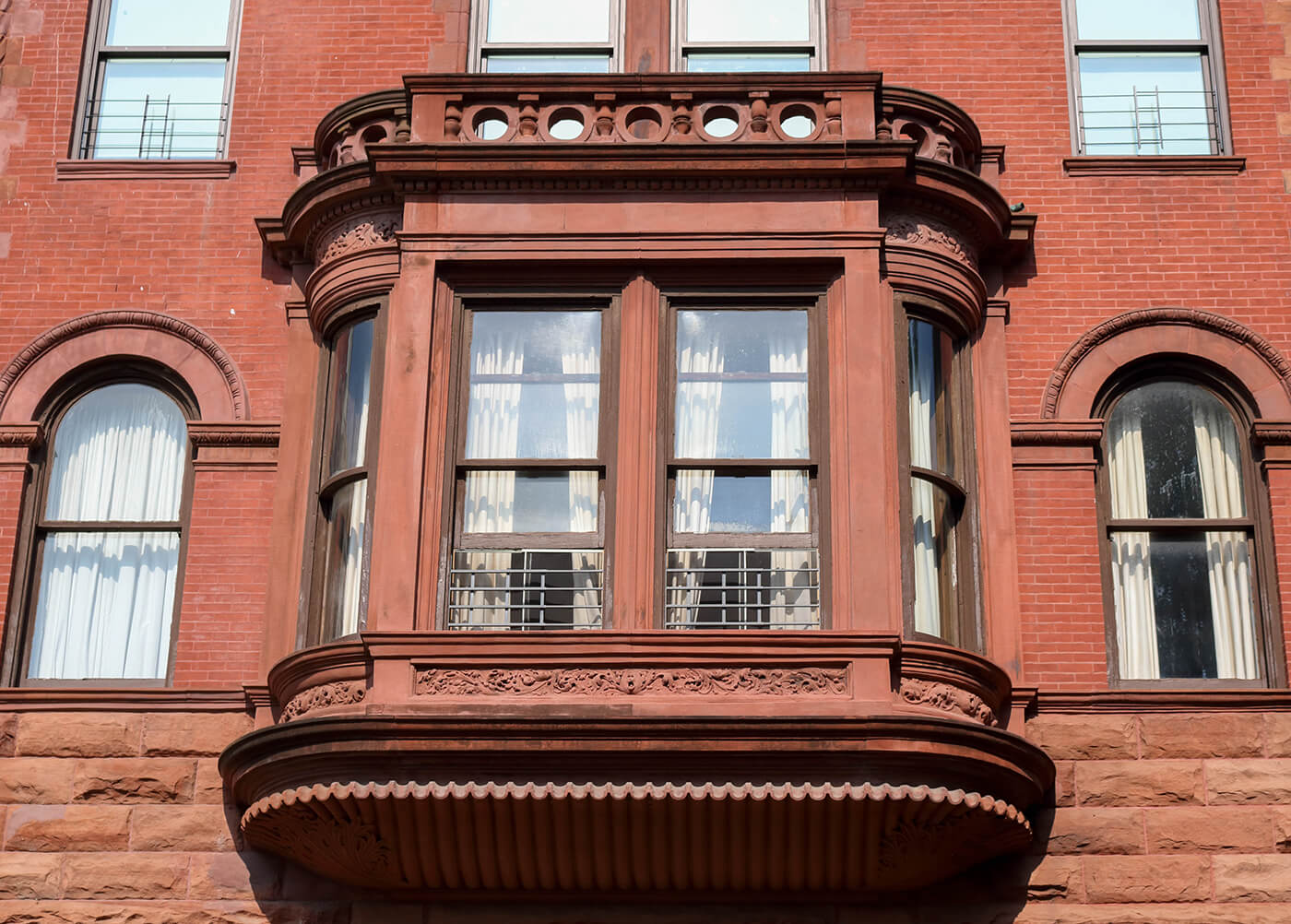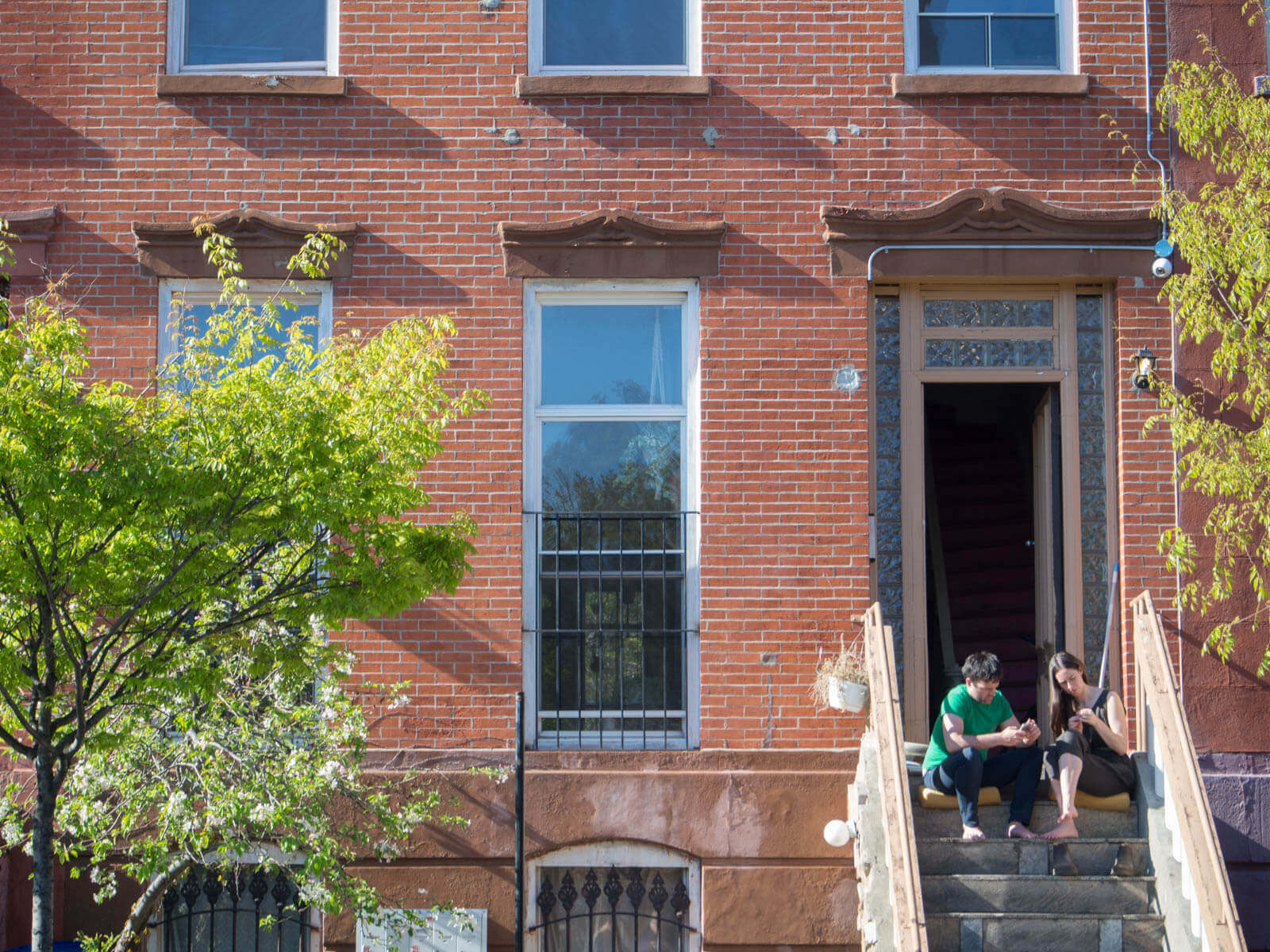A Guide to Buying a Home in Brooklyn and Beyond: What to Expect
You’re sick of renting and you’re ready to buy. Here’s an overview of the process and what to expect, from preapproval to closing.

Photo by Mary Hautman
You’re sick of renting and you’re ready to buy. But where to begin? Here’s an overview of the process and what to expect, from preapproval to closing.
[instagram_embedding url=”https://www.instagram.com/p/BIBSCuNB1A3″]
1. Get preapproved.
The first step is to get preapproved for a mortgage. This will give you a firmer notion of what you can afford. Your preapproval letter is your ticket to viewing property; without one, many agents won’t take you seriously. It is also needed to bid, to assure sellers you are likely to be approved for a mortgage.
(Note: If you are an all-cash buyer, you don’t need to get preapproved, but you will need to present proof of funds when you make an offer and, in some cases, to view properties.)
“It’s important for potential buyers to know what they can afford and what they can qualify for prior to entering the housing market,” explains Sara Edelman, a mortgage banker with Approved Funding.
Douglas Elliman real estate broker John Mazurek concurs: “It’s the prime factor in setting up your search criteria. A $100,000 swing either way will determine neighborhood, size, condition, amenities — especially if you want to live in one of the premier neighborhoods. What $800,000 will get you in Prospect Lefferts Gardens is starkly different from what it is in Park Slope.”
He adds: “As a listing agent, it’s the first thing I ask to see when someone starts talking seriously about a property, and I won’t take customers without it.”

2. Assemble your team.
To buy in New York City, you don’t need a real estate agent, but you do need a lawyer. Be sure to select one who specializes in real estate transactions — preferably one who is experienced with the area and type of property you are considering.
If you are buying a co-op in New York City, it is crucial to work with a mortgage broker and/or lender who deals with this specific property type and region. You don’t want to get to the end of the financing process only to hear “oh, we don’t lend for co-ops.”
Also be aware some lenders (and home-insurance firms) don’t allow the ground-floor window bars prevalent in New York (and in some cases required by Landmarks) — it’s easier to go with one who does.
[instagram_embedding url=”https://www.instagram.com/p/BIdoeaTBtMR”]
Although a real estate agent is not required, they can be helpful allies to guide you through the process, especially when it comes to bidding, pricing and negotiating. Remember: The seller pays their commission. Ultimately, their interest is to get the deal done.
Also, if you are buying a for-sale-by-owner property or one whose agent is a non-REBNY broker (increasingly rare in Brooklyn these days), you may be better off if you come without an agent.
To avoid hidden conflicts of interest, it’s a good idea not to use an attorney or inspector recommended by your real estate agent.

3. Find a property you want to buy.
Going to open houses is a good way to start. Once you narrow down what you are looking for and where, peruse real estate listings such as Brownstoner’s.
If you are working with an agent or contact one about a specific listing, ask if they know of other properties that may interest you. In certain neighborhoods — Carroll Gardens and Bed Stuy are two examples — it can pay off to walk the blocks in search of for-sale signs and small mom-and-pop agencies to find listings not online.
[instagram_embedding url=”https://www.instagram.com/p/BHuFFm2BFhQ”]
4. Make an offer.
First-time buyers are often reluctant to make an offer, but they needn’t be. Nothing is final until the contract is signed by both parties.
Simply making an offer doesn’t obligate you (or the seller) to anything. “First time buyers are always concerned about overpaying,” explains Mazurek. “Nobody wants to get taken, and there are some [sellers] who price up really crazily.”
Your offer strategy depends on so many factors, not the least of which is how long you plan to stay. “If you think you’ll outgrow the place in five years you’ll want to get it as close to market value as you can,” says Mazurek. “But if you found your perfect ‘frog house’ (the one you’re going to croak in), then come in guns blazing and don’t look back.”
The process can be as simple as letting the seller’s agent know verbally what you like to bid. An agent may draw up a formal offer sheet with your contact info, attorney’s info, contingencies and other information. (Note: If you are bidding on a co-op, this form may request some pretty in-depth personal financial information to weed out buyers who aren’t likely to meet the building’s financial requirements.)
The seller may counter or accept your offer.

5. Inspection.
Once a verbal agreement is reached, it’s time for inspection. If you are buying in a large apartment building, you may be able to skip this step. But if you are buying a house, it’s crucial.
A licensed home inspector — preferably one who is also a structural engineer — will evaluate the structural and mechanical systems of the property — including roof, boiler, plumbing, electrical, and main beam — to determine their age, condition, and whether they need replacement. (The inspector can also alert you to possible deal breakers, such as a buried and leaking oil tank.)
The purpose of the inspection is to protect you from buying a property that is significantly flawed or overvalued. Most of the time, an inspection report is not grounds for adjusting the price, but depending on what it turns up, you may want to renegotiate or reconsider before getting into contract.

6. Get into contract.
Once an agreement is reached, the seller’s agent will draw up the deal sheet with the details and forward it to the seller’s attorney, who will draft the contract for the buyer’s attorney to review. Once the buyer and seller both sign it, you are in contract. At this point, the seller should stop entertaining other offers.
[instagram_embedding url=”https://www.instagram.com/p/BIV5CW_BUG7″]
7. Financing.
If you are buying a co-op, you will prepare your board package and — if all goes as planned — attend and pass your board interview before securing a mortgage. To get the latter, you will prepare a similar financial package for your mortgage broker or lender. The lender will send out an appraiser to check on the property, and they or your attorney will order a title search and make sure the property is clear of all liens, including outstanding items such as unpaid water bills.
If you’re an all-cash buyer, you will still need to clear title. “You can close within a couple of weeks of signing the contract if you are an all-cash buyer,” said Terry Naini, a real estate broker with Brown Harris Stevens. “The only limiting step is the title search, which can be expedited to a few days.”

8. Closing.
When the lender is ready, the buyer’s attorney will schedule the closing. Shortly before the closing, the buyer will do a final walkthrough to make sure the property is in acceptable condition.
A closing is still very much a paper-driven process. Buyer, seller, lenders and attorneys physically gather together in an office with checkbooks and pens. The parties sign various papers spelling out the mortgage agreement and transferring ownership. The buyer will also write checks for such things as the first mortgage payment, escrow items, and closing costs.
Congratulations, you’re an owner.
Related Stories
- Six Home-Inspection Deal Breakers
- What Is a Prewar Apartment and Why Are They Great?
- How to Buy a Co-op Apartment in NYC: Here’s How the Process Works
Businesses Mentioned Above
[blankslate_pages id=”d5730d80496b1f, d572cebebdce7a, d5727c237a3e57″ type=”card” show_photo=”true” utm_content=””][/blankslate_pages]
Email tips@brownstoner.com with further comments, questions or tips. Follow Brownstoner on Twitter and Instagram, and like us on Facebook.





What's Your Take? Leave a Comment